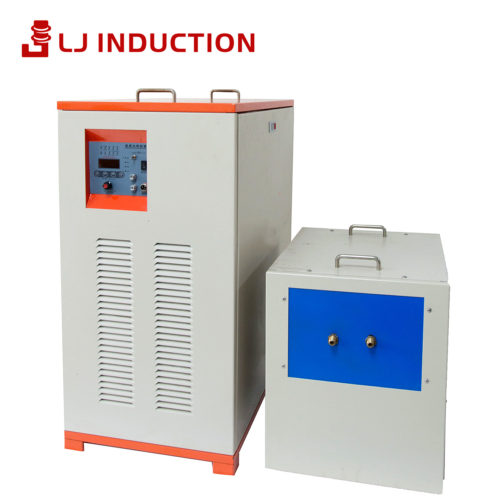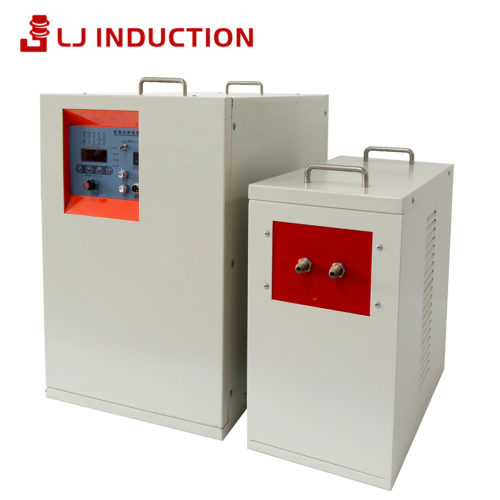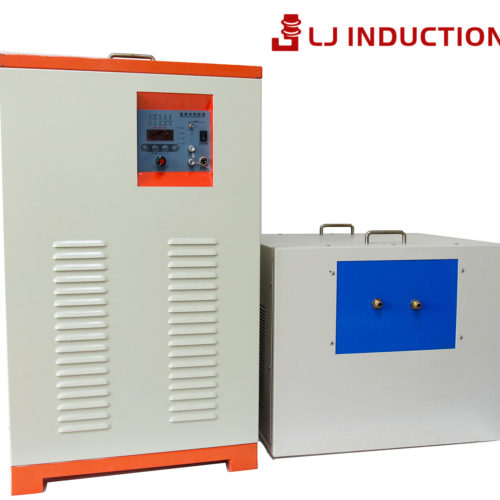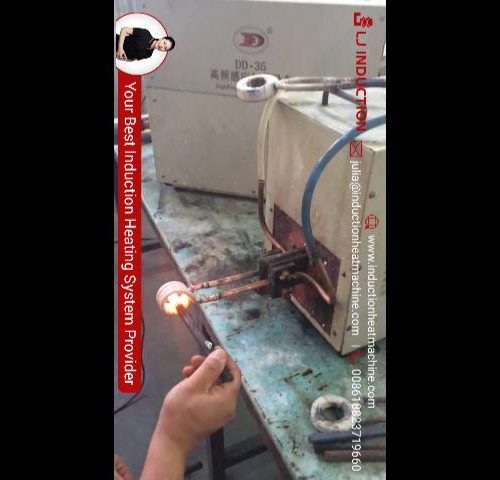Preheating metal parts with an induction heater before using a hammer to press the metals before deformation is called induction forging.
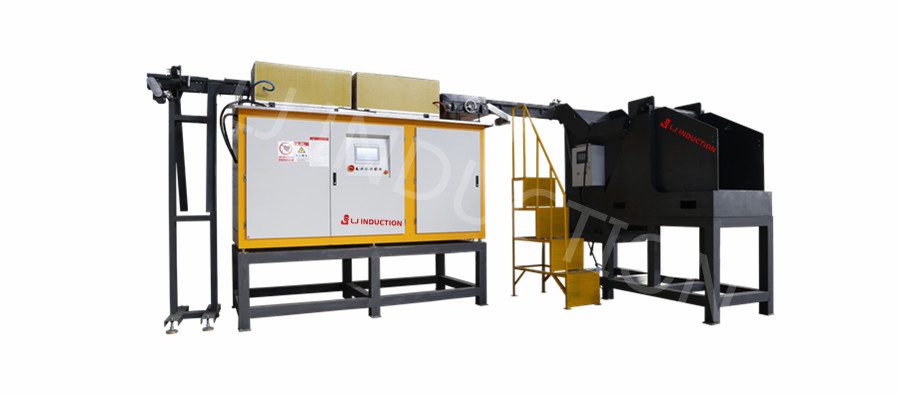
Are you looking for support or purchase information, please contact us here
Using electromagnetic induction, induction heating involves the use of non-contact technology to produce heat in a workpiece in manufacturing. An electric current for induction heating can be made to flow in a material when it is placed in an alternating magnetic field, thereby causing Joule heating.
Due to hysteresis losses, further heat is generated below the Curie point in magnetic materials. In an alternating field, the current is primarily generated in the surface layer, with the depth of the layer determined by the frequency of the alternating field and permeability of the metal.

An induction heating for forging power supplies ranges in power from a few kilowatts to several megawatts, and its frequency can vary from 50 Hz to 200 kHz, depending on the component geometry. Most applications use the range between 1 kHz and 100 kHz.
When selecting the correct power for the heating systems, it is necessary to determine the amount of thermal energy essential to heat the metal to the required temperature within the specified time.
Calculating the weight of the metal, the time cycle, and its heat content can determine the heat content of this metal which is usually expressed in KW hours per tonne. This calculation must do this after other factors have been taken into account.
LJ Induction has a thorough working knowledge of the process of induction forging in each industry.
Another major parameter to consider is the power source’s output frequency.
A frequency must be chosen that allows deep penetration into the material without risking the cancellation of current since heat is generated predominantly at the surface of the component. Because only the skin of the component will be heated, it will take time for the heat to penetrate all the way to the center. This can cause the surface of the component to melt while the core remains cool.
Calculating or creating a model to determine the heat time required can be accomplished by using the thermal conductivity of the metal, along with the homogeneity (physics) requirements from the customers regarding the cross-sectional.
Heating the components one at a time typically takes longer than heating them together. In order to facilitate heating multiple components at the same time whilst delivering single components to the operator at the required time, a number of handling solutions are utilized, such as conveyors, in-line feeders, and pusher systems.

LJ Induction has lots of good feedback from our customers world around for the benefit which LJ Induction heating machines in their hot forming process.
According to customer requirements, induction forging machines can be of different types. Below, we will introduce three commonly used types.
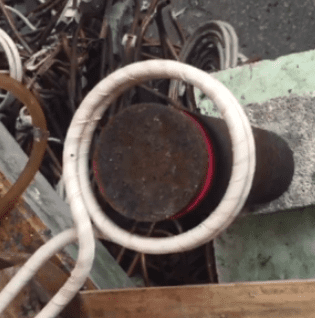
This machine is low in cost and easy to use and is generally suitable for forging various small workpieces. Because the feeding and discharging are done manually, there may be problems such as over-burning or not reaching the required heating temperature.
You can consider adding an infrared thermometer to monitor the heated workpiece. Because of manual heat treatment, there are still problems such as overburning or not reaching the required heating temperature.

This machine is equipped with a forging table in the case of induction heating equipment and induction coils. Each workpiece will complete the established parameters in the designed heating program.
For example, if we calculate that a 90kw induction heating forging machine can forge 15 pieces of this workpiece at 850° in one minute, then the coils that the induction forging machine pushes out are all the workpieces that have been heated to 850°.
Yes, this machine cannot use the heating temperature as the standard for completing the heating work. But if we are equipped with an infrared thermometer, we can achieve it.
For example, we still set the heating temperature requirement of 850°. When the workpiece is pushed out of the induction coil, the infrared thermometer will monitor its temperature, and when it cannot reach the 850° standard, it will drop into the non-compliant product basket.
For more details, please see our automatic feed type induction forging machine details.
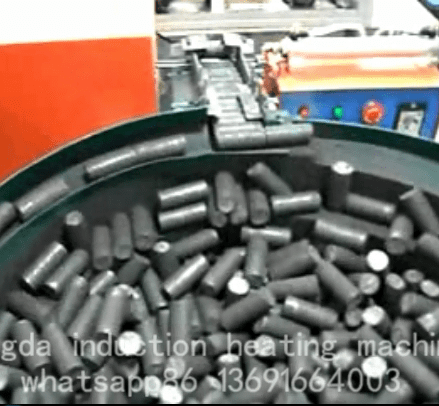
Compared to the above automatic feeding induction forging machine, the automatic induction forging machine can realize automatic feeding, automatic turning, heating, discharging, temperature monitoring at 2-3 points (or more), discharging, distributing, etc. Wait for one-piece fully automatic industrial 4.0 induction forging work.
For more details, please see our full automatic induction forging machine details.
the induction forging machine can heat all magnetic metals such as brass, copper, steel, stainless steel etc.
anti-roll bars induction heating, mining bar hot forming, hot heading for the bar
single-shot induction heating long metalsThe single-shot method can be used to heat long billets. The billet is driven into individual coils in a process that resembles bar ends heating. The number of coils required for bar end heating is governed and the thermal properties of metals.
LJ Induction provides a one-stop service for induction heating for forging in different industries from consultation to production to after-sales and machine maintain.
we are dedicated to providing the best suitable induction heating solutions for our customers. Our mission starts with our free testing & solution, in which we solve the most challenging heating applications, confirming the heating process that can benefit from our systems.

